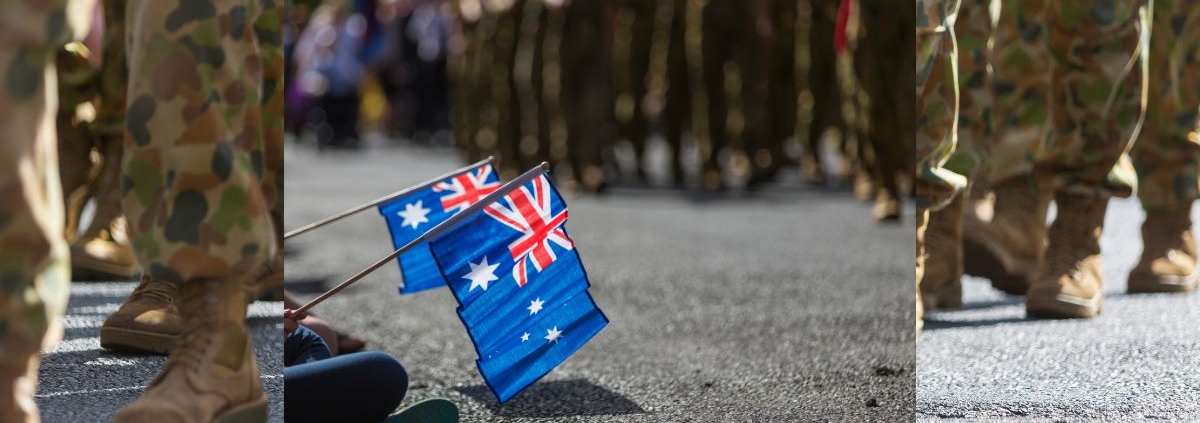110 Years Since Gallipoli: Anzac Day 2025
By: Mike Crooks
In 2015, on the 100th anniversary of the Gallipoli landings, Brisbane’s Noreen Baxter shared with Seven West Media what her father, veteran George Green, endured at the Turkish peninsula on April 25, 1915 .
“He was one of the first to land,” she said. “He just fought. Dad was wounded four times. He carried shrapnel in his back for the rest of his life.”
Australians and New Zealanders will pause to remember soldiers like George Green this coming Anzac Day on April 25.
This year, the date marks 110 years since the Gallipoli landings, and commemorations are being held across the country.
“Anzac Day is a time for all Australians to recognise the more than 1.5 million service men and women who have served our country in all conflicts, wars and peacekeeping operations,” the Department of Veteran Affairs said in a statement.
“It’s also a time to remember the over 103,000 Australians who sacrificed their lives in our country’s name.”
National Dawn Service
In Canberra, the Australian War Memorial (AWM) will mark both the 110th anniversary of the Gallipoli landings, as well as commemorating the Australians who have served in conflicts and peacekeeping campaigns around the world.
The program includes:
- 5:30 am: Dawn Service.
- 7:30am: Aboriginal and Torres Strait Islander Veterans and Services Association Commemorative Ceremony.
- 30am: National Commemorative Service including the RSL ACT Branch Veterans’ March.
- 6pm: Last Post Ceremony.
The AWM states that Anzac Day “is one of Australia’s most important national occasions. It marks the anniversary of the first major military action fought by Australian and New Zealand forces during the First World War.”
For more details head to the Australian War Memorial website.
Customs and traditions
Anzac Day has many customs and traditions, some of which are shared with Remembrance Day on November 11 (the anniversary of the the First World War’s Armistice of 1918).
One of the most iconic customs is the Last Post bugle call, which is heard at Dawn Services.
In military tradition, the Last Post signifies the end of the day’s activities. But it is also sounded at military funerals, Anzac Day and Remembrance Day.
Flowers have always been laid on graves and memorials in memory of the dead and for Anzac Day it is no different. They are often left at memorials and cenotaphs.
In recent years, the poppy flower, which has long been associated with Remembrance Day, has also been used in wreaths on Anzac Day.
“During the First World War, red poppies were among the first plants to spring up in the devastated battlefields of northern France and Belgium,” read an AWM statement. “In soldiers’ folklore, the vivid red of the poppy came from the blood of their comrades soaking the ground.”
The sight of poppies on a battlefield inspired Canadian Lieutenant Colonel John McCrae to write the famous poem, In Flanders Fields.
Moment to reflect
A minute’s silence is also included in most Anzac Day ceremonies as a sign of respect.
It is believed the idea for a moment of silence originated with Melbourne journalist and First World War veteran Edward George Honey, who was living in London in 1919.
According to the AWM, “He wrote a letter to the London Evening News in which he appealed for five-minutes’ silence, to honour the sacrifice of those who had died during the war.”
Article supplied with thanks to Hope Media.
Feature images: Canva




